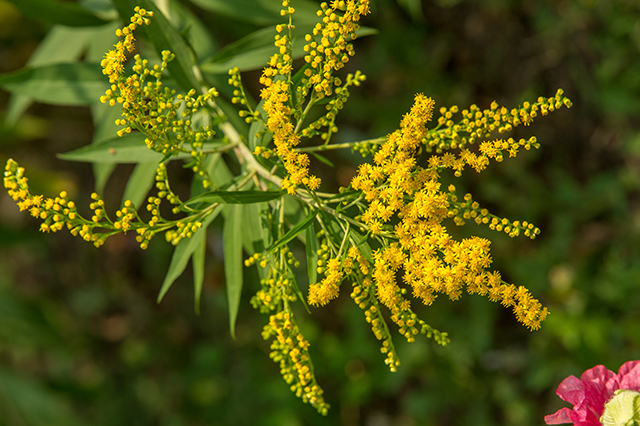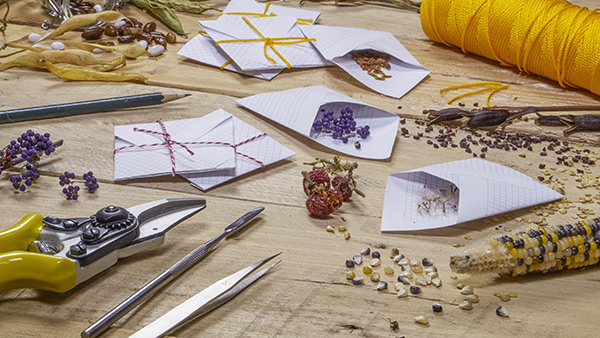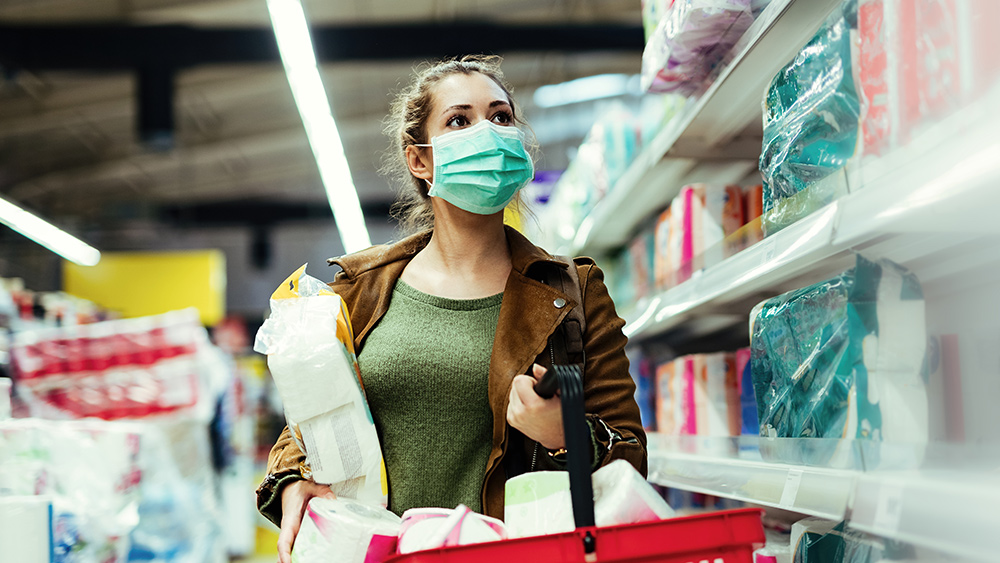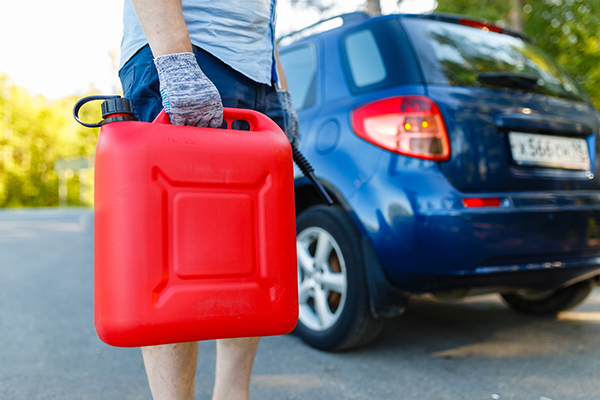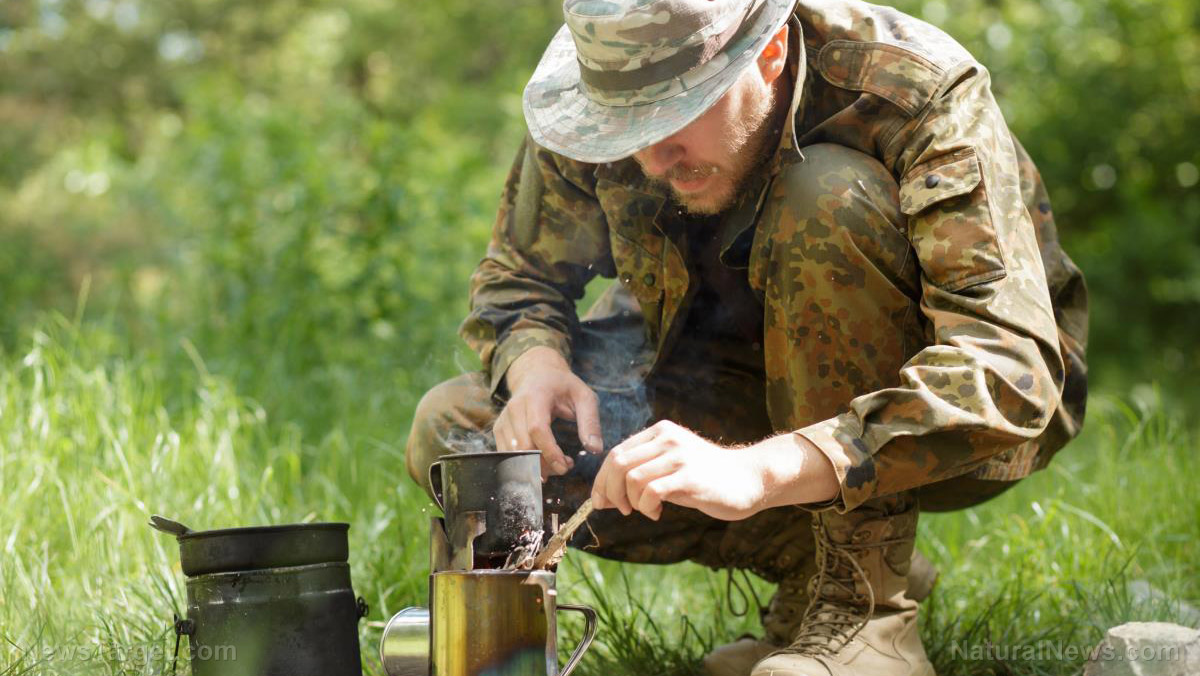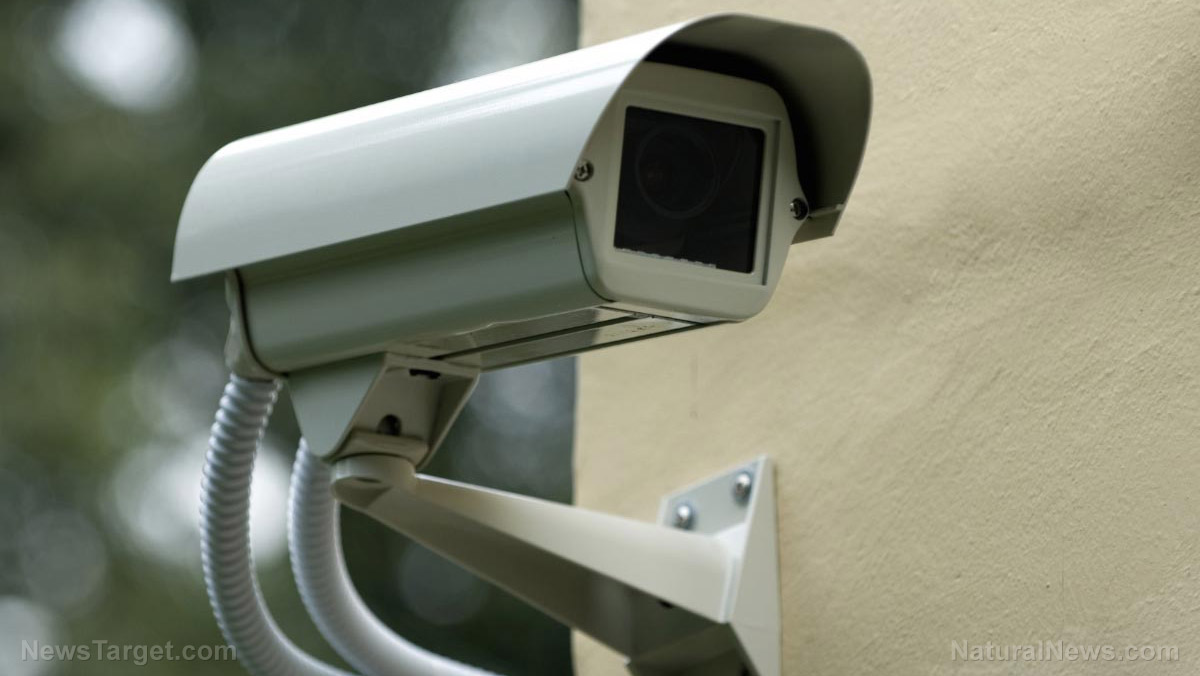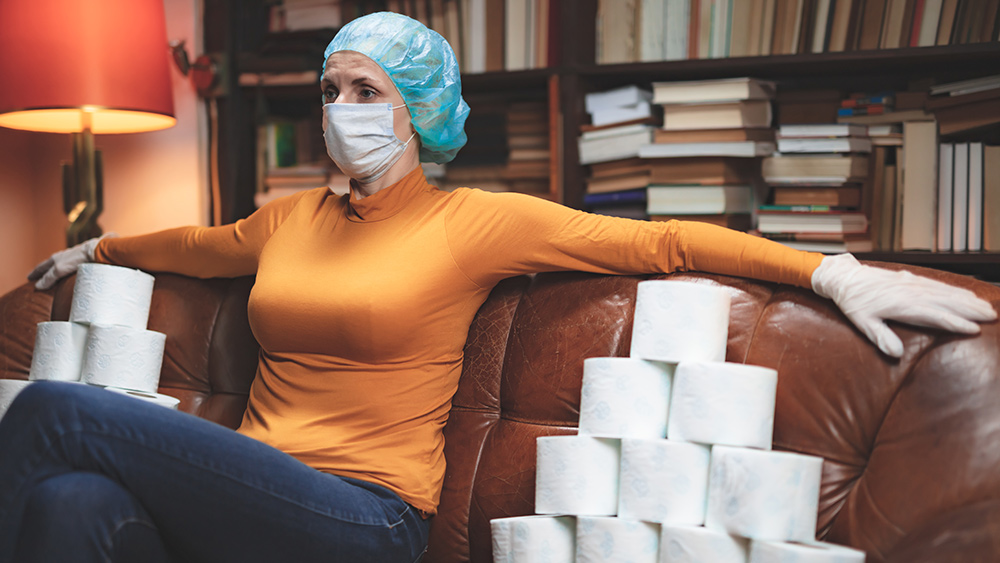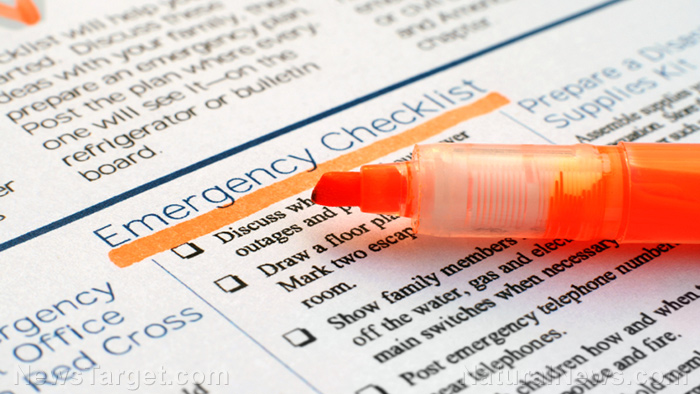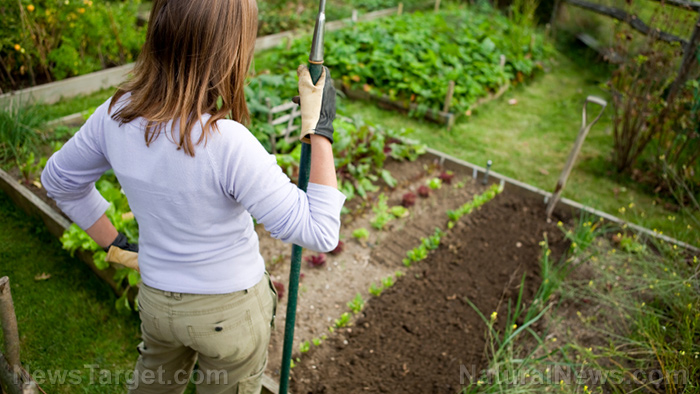Urban prepping 101: How to grow medicinal herbs in an apartment
05/01/2020 / By Zoey Sky
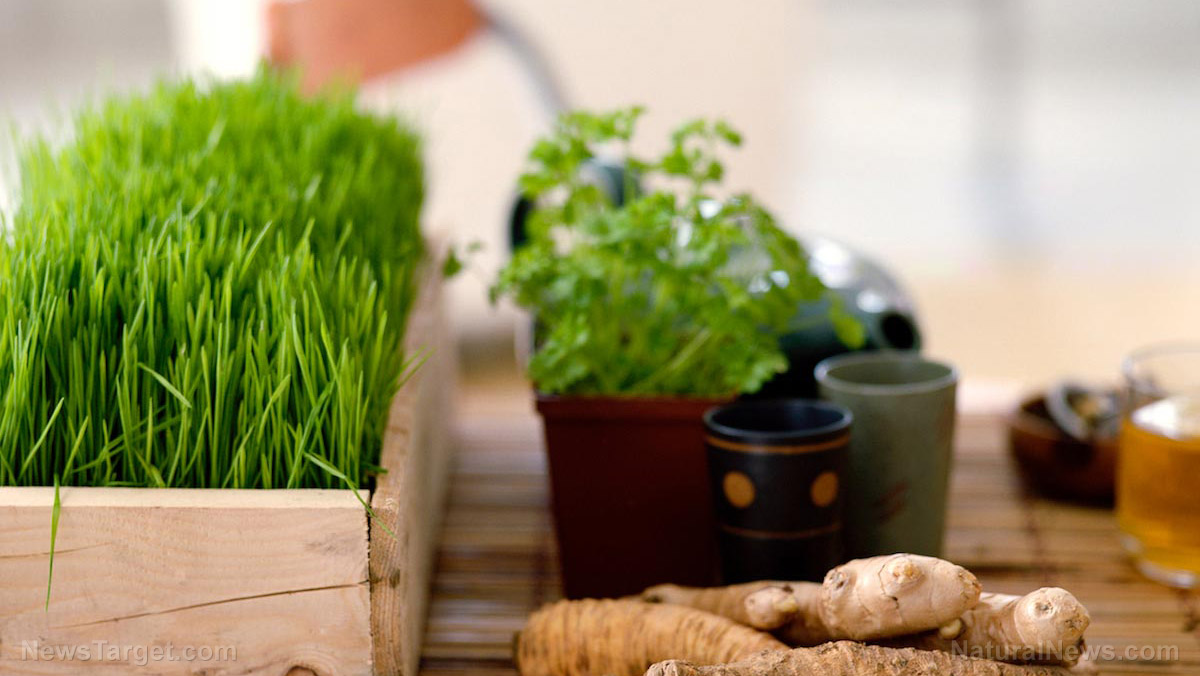
It’s convenient to grow herbs and vegetables if you have a spacious backyard or homestead. But those who want to grow herbs in their apartments can opt for container gardens. (h/t to AskAPrepper.com)
Container gardening tips
Here are some things to consider when choosing a container in which to grow your herbs:
- Use a large container with room for roots to grow.
- Get a container with drainage holes.
- Use pots in a light reflective color since dark colors absorb heat and dry out the soil.
When watering herbs, check how much your plant needs. Too much water will make their roots rot.
Water herbs to keep the soil moist at all times. Achieve this by placing rocks or other porous materials on the bottom to provide good drainage.
The soil in a container dries out quicker than ground soil and it needs to be watered regularly. Water herbs daily during summer, or twice daily if the pot is small or the sun is very hot. (Related: Container gardening tips for the urban prepper.)
Use a sterilized potting soil to start your seeds and fill your pots. This will help prevent weeds and provide a fertile growing medium for your herbs.
Alternatively, you can use compost or a combination of black earth and peat moss. Water the soil thoroughly and let it drain before planting your seeds or plants.
Herbs for your container garden
Even if your home is lacking in garden space, you can leave pots and containers on your windowsill to grow these herbs.
Calendula
Purchase calendula as a plant or seeds in garden centers. The latter is easy to grow in containers. Just sow the seeds directly into a pot.
Calendula thrives in well-drained, organic potting soil or garden soil mixed with well-rotted compost. Set the pot in an area that receives full sun, then keep the soil moist but not wet.
Calendula is a natural antifungal, antiseptic and wound-healing plant. This plant also bears beautiful flowers that can cheer up any room in your house.
Chamomile
Chamomile is another flower-bearing medicinal plant. It produces daisy-like flowers throughout the summer and it will produce many seeds.
Note that when left unattended, it can take over your garden.
Roman chamomile (Matricaria recutita) grows compactly in a small pot. However, German chamomile (Matricaria chamomilla) needs to grow in a large container.
Chamomile requires good drainage, so use a loose well-drained potting mixture. Place the plant in a pot with drainage holes.
Sow seeds on the surface of the soil, but leave them exposed. Chamomile needs light to germinate. Once established, the plants need very little care beyond regular watering and monthly feeding.
Move the pot out of the sun if temperatures climb above 90 F. Bring the container indoors before a frost.
Chamomile tea is well-known natural remedy for supporting restful sleep and promoting relaxation, among other health benefits.
Peppermint
Peppermint grows well in window boxes or windowsill containers. The plant grows quickly and trails nicely.
However, peppermint will spread quickly if it is left unattended. Grow peppermint in containers so it doesn’t take over your garden.
Sow peppermint seeds in a pot. Peppermint needs lots of water, but it doesn’t like wet roots. Prepare a container with soil that drains well.
Use rich soil and place it in a sunny area with partial shade in the afternoon. Peppermint doesn’t need a deep pot because the roots are fairly shallow growing.
Drink peppermint tea to relieve problems like vomiting or indigestion. A peppermint lotion can soothe sore muscles when applied topically.
Don’t let living in an apartment stop you from prepping in the city. Grow a mini herb garden in containers so you have access to fresh medicinal herbs when SHTF.
Sources include:
Tagged Under: apartment gardening, container gardening, green living, Herbs, home gardening, how-to, organics, preparedness, prepping, self sufficiency, self-reliance, sustainable living, urban gardening, urban prepping
RECENT NEWS & ARTICLES
COPYRIGHT © 2017 OFFGRID NEWS


